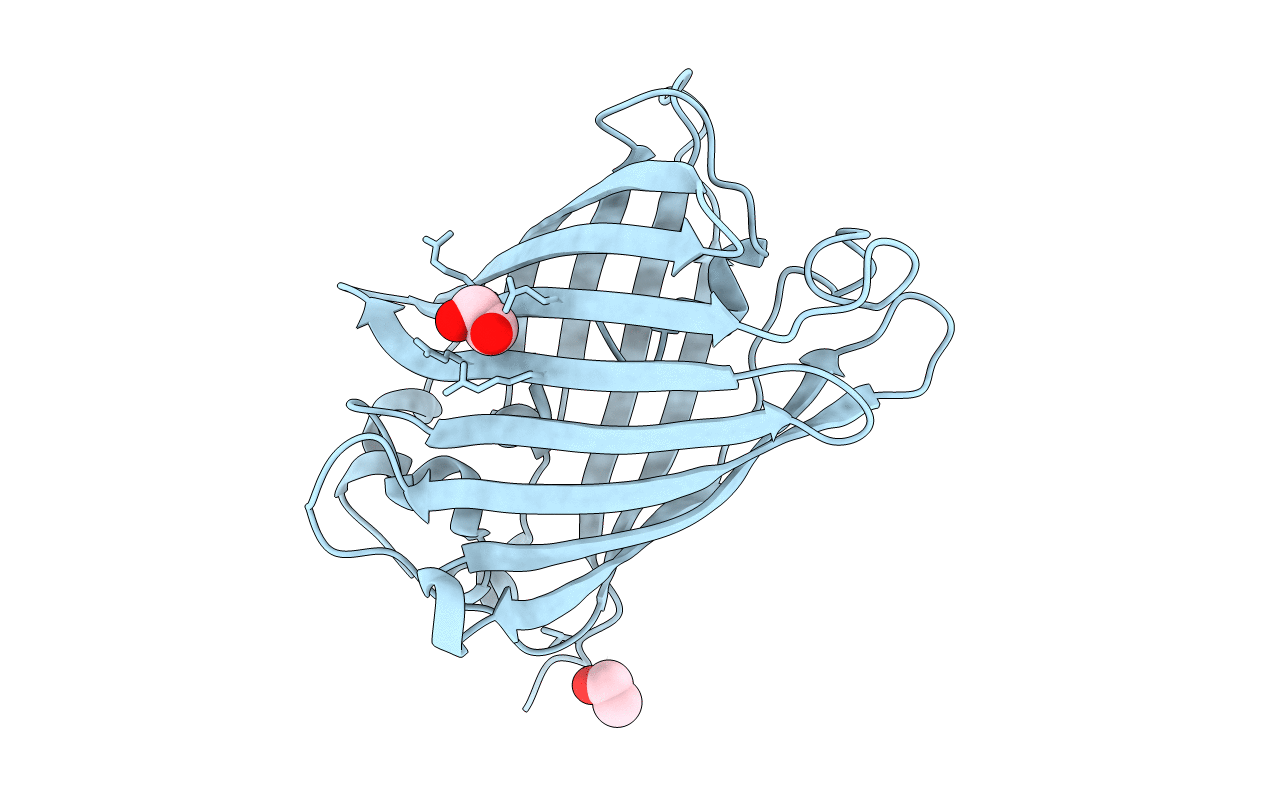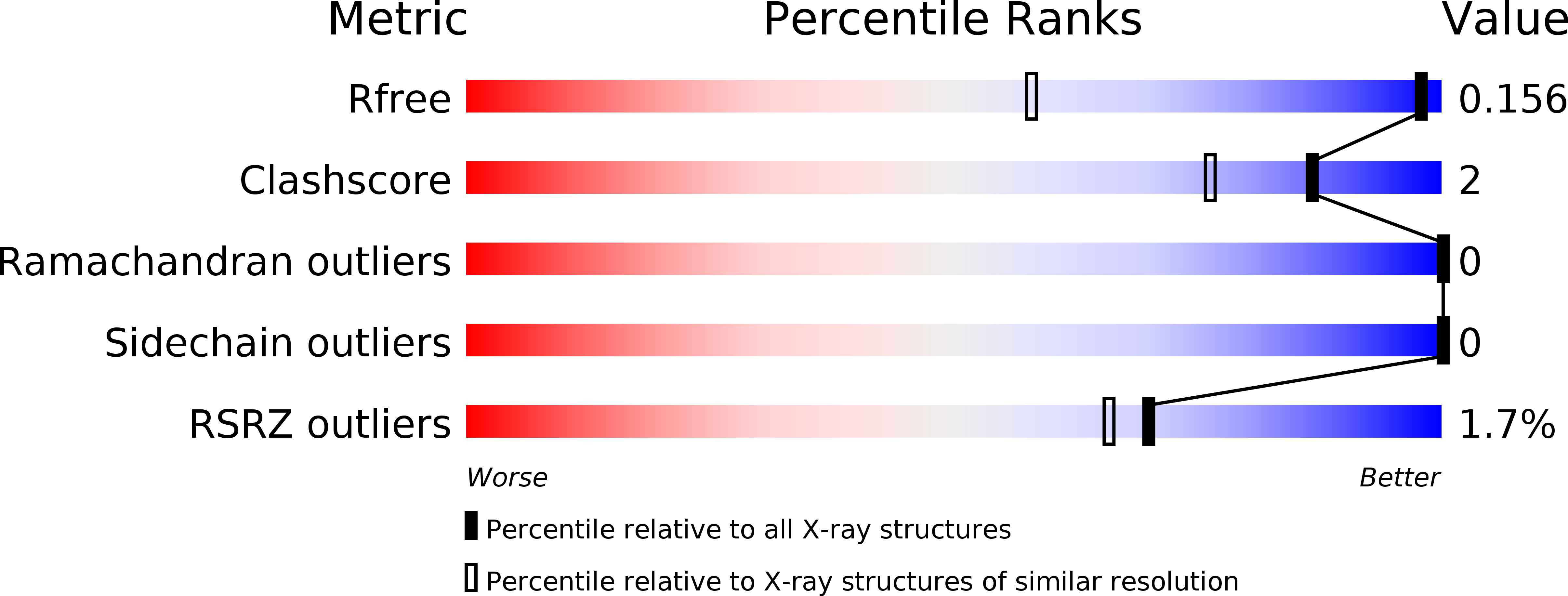
Deposition Date
2013-07-19
Release Date
2013-12-18
Last Version Date
2024-11-20
Entry Detail
PDB ID:
4LQT
Keywords:
Title:
1.10A resolution crystal structure of a superfolder green fluorescent protein (W57A) mutant
Biological Source:
Source Organism:
Aequorea victoria (Taxon ID: 6100)
Host Organism:
Method Details:
Experimental Method:
Resolution:
1.10 Å
R-Value Free:
0.14
R-Value Work:
0.13
R-Value Observed:
0.13
Space Group:
I 1 2 1


